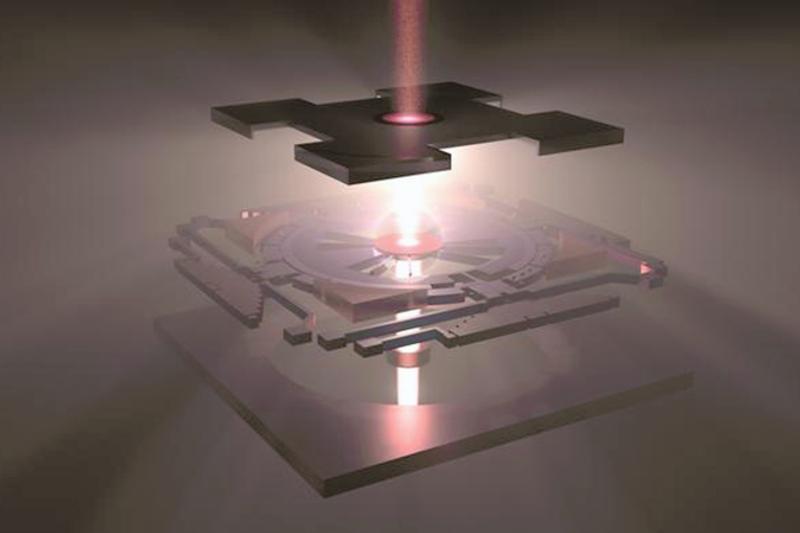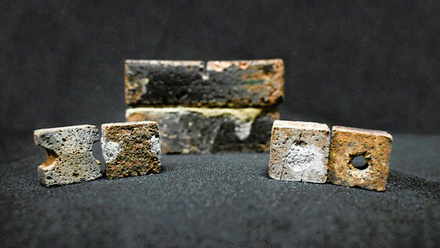Twisted crystals enhance optical devices
A 'first-of-its-kind' optical sensor can reportedly simultaneously measure wavelength and polarisation.

Twisted moiré photonic crystals — an advanced type of optical metamaterial — have shown enormous potential in the race to engineer smaller, more capable and more powerful optical systems, say scientists at Harvard John A. Paulson School of Engineering and Applied Sciences, USA.
In collaboration with Stanford University and the University of California – Berkely, they have developed an on-chip, twisted moiré photonic crystal sensor that uses MEMS technology to control the gap and angle between the crystal layers in real time.
The sensor is said to detect and collect detailed polarisation and wavelength information simultaneously.
The layers of photonic crystals sit on vertical and rotary actuators, connected to an electrode.
The researchers use the actuators to change the distance and rotational position of the layers of photonic crystals to perform simultaneous hyperspectral and hyperpolarimetric imaging — meaning every pixel captured by the sensor contains information from across the electromagnetic spectrum and detailed information about the polarisation state.
It is reportedly the first device with active tuning to demonstrate such detailed information about multiple properties of light.
The whole device is only a few millimetres in scale and can be fabricated using CMOS-compatible processes, meaning it can be mass-fabricated using standard foundry nanofabrication processes, claim the researchers.
In twisted moiré photonic crystals, how the layers twist and overlap can change how the material interacts with light.
By changing the twist angle and the spacing between layers, these materials can be fine-tuned to control and manipulate different aspects of light simultaneously, meaning the multiple optical components typically needed to simultaneous measure light’s phase, polarisation, and wavelength could be replaced with one device.







